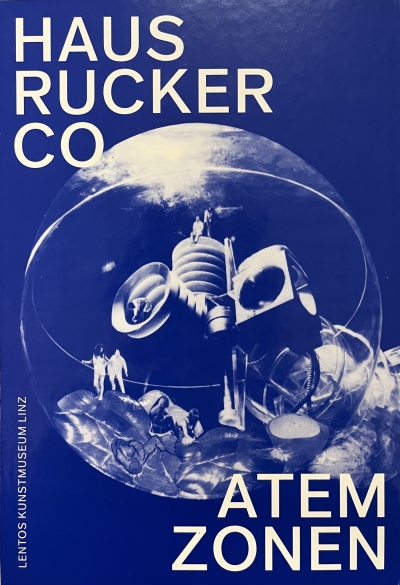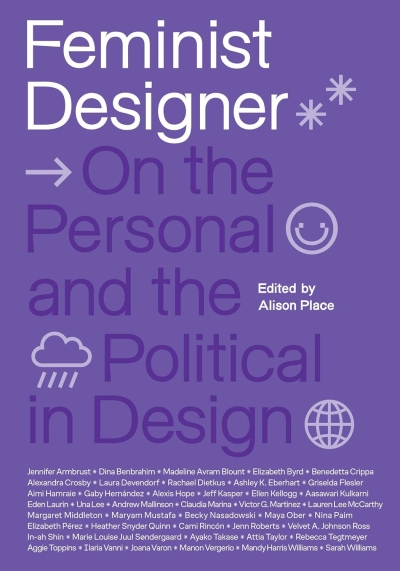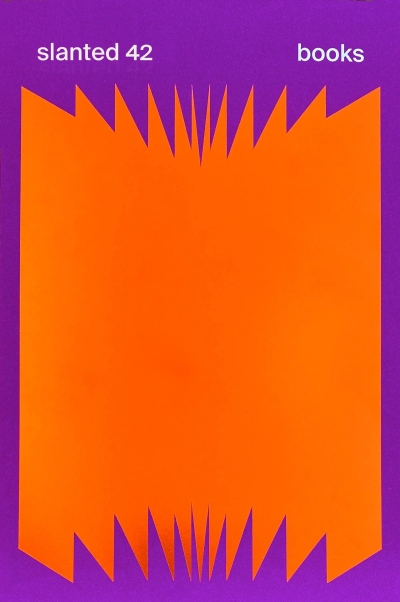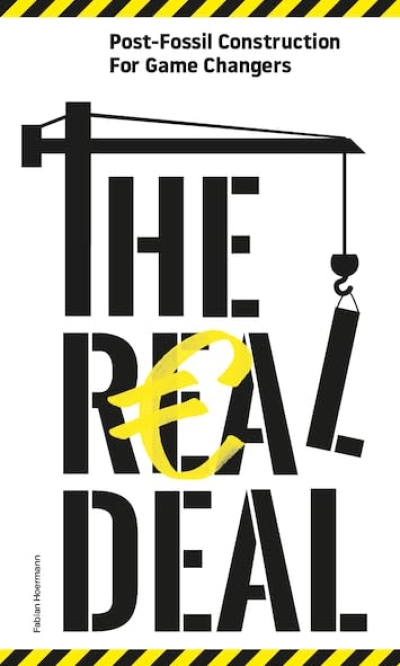
Harun Farocki. Against What? Against Whom?
"Against What? Against Whom?" ist eine Monographie über den Autor, Filmemacher und Videokünstler Harun Farocki. Es ist das erste Buch über Farocki, das weder eine rein akademische Publikation noch ein Ausstellungskatalog ist. Es versammelt die verschiedensten Themen, Tonarten und Herangehensweisen: Neben der kompletten Filmographie und Liste der Installationen gibt es 21 Beiträge, die sich diskursiv (oder mit Zeichnungen) dem komplexen Oeuvre Farockis nähern. *****
"Against What? Against Whom?" is a monograph about the author, film maker and video artist Harun Farocki. Its the first book about Farocki that is neither a purely academic publication nor an exhibition catalogue. It brings together the most diverse of themes, tonalities and approaches: alongside a complete fi lmography and list of installations, there are 21 contributions that take a discursive (or use drawings to) look at Farockis complex oeuvre. Additionally there are two key Farocki texts, previous refl ections on his film and video work, and a new text he has written especially for this book, which begins quite biographically and underhandedly becomes a short history of the making of films and art in (West) Germany over the past 40 years. The themes discussed are as varied as the authors involved, with much focus on individual Farocki films, beginning with the early political, Marxist, educational films, via his cinema direct films and his essay films, that have become classics in the meantime, up to the films and installations, which for the most make use of found footage of the most varied types of image, such as amateur recordings, archive pictures, surveillance images, technical images and computer animations.
Against What? Against Whom? ist eine Monographie über den Autor, Filmemacher und Videokünstler Harun Farocki. Es ist das erste Buch über Farocki, das weder eine rein akademische Publikation noch ein Ausstellungskatalog ist. Es versammelt die verschiedensten Themen, Tonarten und Herangehensweisen: Neben der kompletten Filmographie und Liste der Installationen gibt es 21 Beiträge, die sich diskursiv (oder mit Zeichnungen) dem komplexen Oeuvre Farocki s nähern. Außerdem sind zwei zentrale Texte von Harun Farocki, der seine Film- und Videoarbeiten stets auch in Texten reflektiert hat, mit aufgenommen worden sowie ein von Farocki eigens für das Buch geschriebener, neuer Text, der, biographisch angelegt, unter der Hand zu einer kleinen Geschichte des Film- und Kunstproduzierens in (West) Deutschland der vergangenen 40 Jahre geworden ist.
So unterschiedlich die weiteren Autoren, so vielfältig die Themen: angefangen bei den frühen politisch, marxistisch, edukativen Filmen, über Farockiscinema direct Filme und seine inzwischen zu Klassikern gewordenen Essayfilme bis hin zu den Filmen und Installationen, die zum Großteil auf bereits existierende Materialien unterschiedlichster Bildsorten zurückgreifen, wie Amateuraufnahmen, Archivbilder, Überwachungsbilder, technische Bilder und Computeranimationen.
























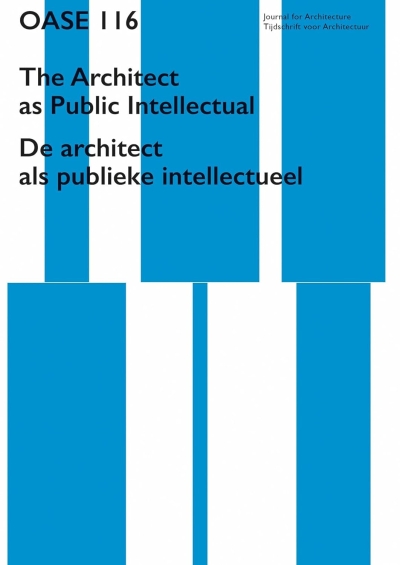









![Attending [to] Futures Cover](/sites/default/files/styles/400/public/media/coverbilder/9667928300001A.jpg?itok=rApLfGZY)












































